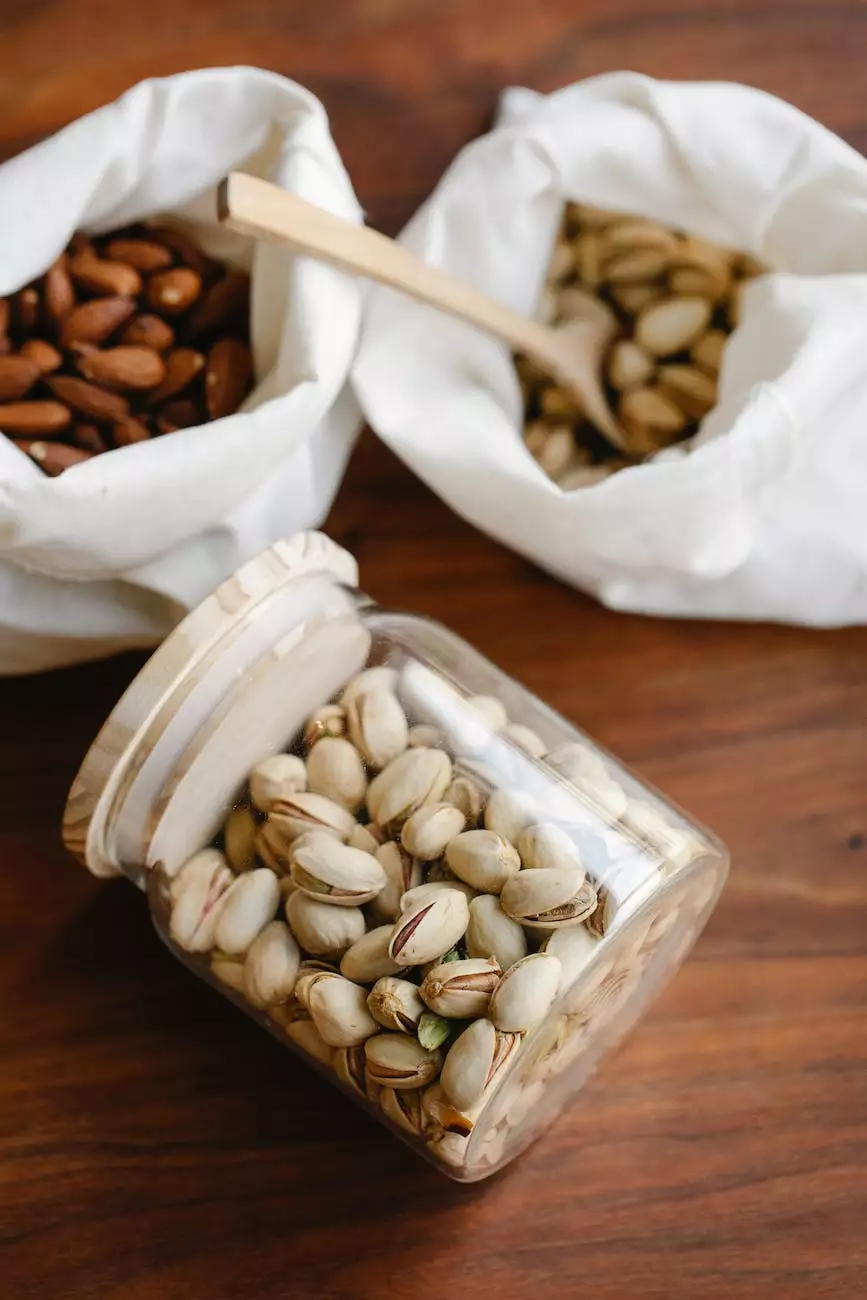From Tree To Table: Lifecycle Of Organic Almonds
Education
The Organic Almond Journey
At Roxanne Weber, VOA, we understand the importance of knowing where your food comes from. In this article, we take you on a comprehensive and detailed journey of organic almonds, from the moment they are grown on trees until they reach your table.
The Almond Tree Plantation
The journey begins in the almond tree plantations, carefully selected for their optimal growing conditions. Located in the sunny regions of California, these orchards provide the ideal environment for organic almond cultivation.
Our partner farmers follow strict organic practices, ensuring that no harmful chemicals or synthetic fertilizers are used in the process. This commitment to organic farming preserves the integrity of the almond ecosystem and supports sustainable agricultural practices.
Blossoming and Pollination
As spring arrives, the almond trees burst into beautiful blossoms, creating a breathtaking sight. The trees rely on pollination to produce almonds, and honey bees play a crucial role in this process. Numerous beehives are strategically placed in the orchards, allowing the bees to transfer pollen from flower to flower.
This natural pollination process helps maintain and enhance the biodiversity of the almond groves, contributing to the overall health of the ecosystem.
Fruit Development
After successful pollination, the blossoms transform into small and delicate green fruits, also known as almond drupes. These drupes require careful nurturing and attention for healthy development.
Throughout the growing season, farmers meticulously monitor the orchards, ensuring proper irrigation, pest control, and disease prevention. This attention to detail guarantees the production of the highest quality organic almonds.
Harvesting and Processing
As summer comes to an end, the almond fruits reach maturity, signaling the time for harvest. Using specialized equipment, the farmer carefully shakes each almond tree, causing the ripe almonds to fall to the ground. This shaking method prevents damage to the nuts and ensures a clean harvest.
After the harvest, the almonds undergo a series of processing steps to remove the outer hull and shell. These steps include hulling, shelling, and drying, resulting in the production of raw almonds.
The Journey to Your Table
Once the raw almonds are ready, they are carefully packaged and transported to certified organic facilities. These facilities adhere to strict standards to maintain the organic integrity of the almonds throughout the packaging and distribution process.
At Roxanne Weber, VOA, we pride ourselves on sourcing only the finest organic almonds. Our commitment to quality ensures that you receive the best almonds from our trusted partners.
The Benefits of Organic Almonds
Organic almonds provide numerous health benefits due to their natural cultivation methods. They are free from synthetic chemicals, pesticides, and genetically modified organisms (GMOs), making them a wholesome choice for your well-being.
Almonds are packed with essential nutrients, including healthy fats, protein, and dietary fiber. Incorporating them into your diet can contribute to heart health, weight management, and overall vitality.
Choose Organic Almonds for a Sustainable Future
By choosing organic almonds, you play a vital role in supporting sustainable farming practices and promoting a healthier environment. Organic farming reduces the negative impact on soil, water, and air quality, preserving the planet for future generations.
At Roxanne Weber, VOA, we are passionate about bringing you the best quality organic almonds. Visit our website to explore our range of organic almond products and experience the journey from tree to table.










